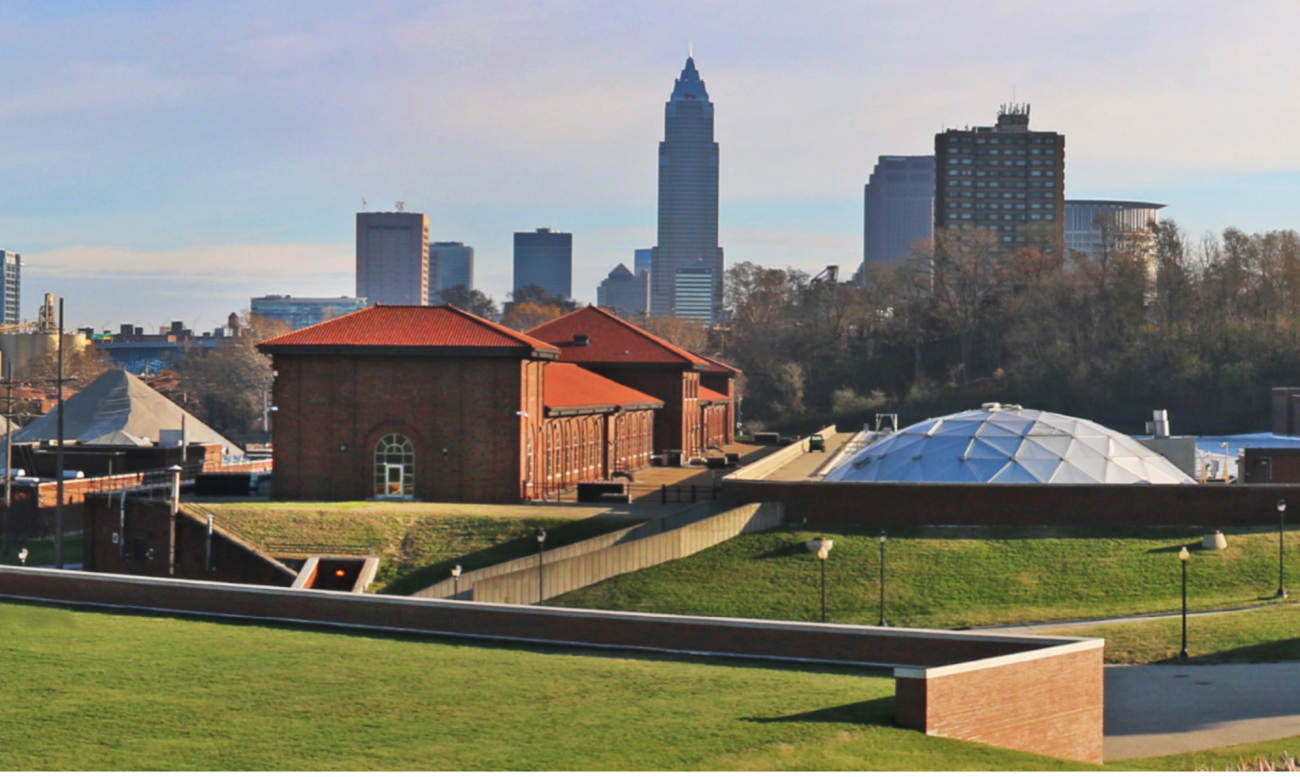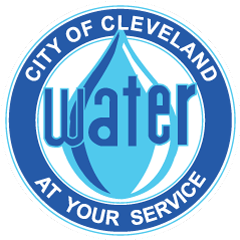Garrett Morgan Water Treatment Plant
The Garrett A. Morgan Water Treatment Plant, built in 1916, sits at the location of the first Cleveland waterworks facility built in 1856, and is the oldest treatment facility in the Cleveland Water system. The architecture of the plant is an example of the Mediterranean Romanesque style, which was prominent in the Midwest in the late 1800s and early 1900s. The key features of this style are red tile roofs, red brick facades, and arched windows.
Originally named the Division Avenue Pumping and Filtration Plant, the plant was renamed the Garrett A. Morgan Water Treatment Plant in 1991. It is named after Garrett Augustus Morgan, a local inventor and entrepreneur whose creations have made a positive impact on the world and are still being used today. He is known for inventing an improved traffic signal with a warning light; a zigzag stitching attachment for sewing machines; and hair cream. However, his most notable invention was an early version of a gas mask that, in 1916, he used to save the lives of several men trapped in tunnel beneath Lake Erie following an explosion. This same gas mask was adopted by the U.S. Armed Forces during WWI and became the prototype for modern-day firefighting hoods used to battle oil well fires.
From 2001 to 2012, we invested $225 million in renovations at Morgan as part of our Plant Enhancement Project. Improvements included a new finished water pump station, renovated filters, a renovated Filter and Administration building, a renovated raw water pump station, an upgraded chemical system, a renovated residual system, and a new 15-million-gallon reservoir. Morgan has the largest Ohio EPA-approved capacity of 150 million gallons of water, pumping an average of 60 million gallons a day to the residents and businesses located downtown and in the western and southern neighborhoods and suburbs of Cleveland.

